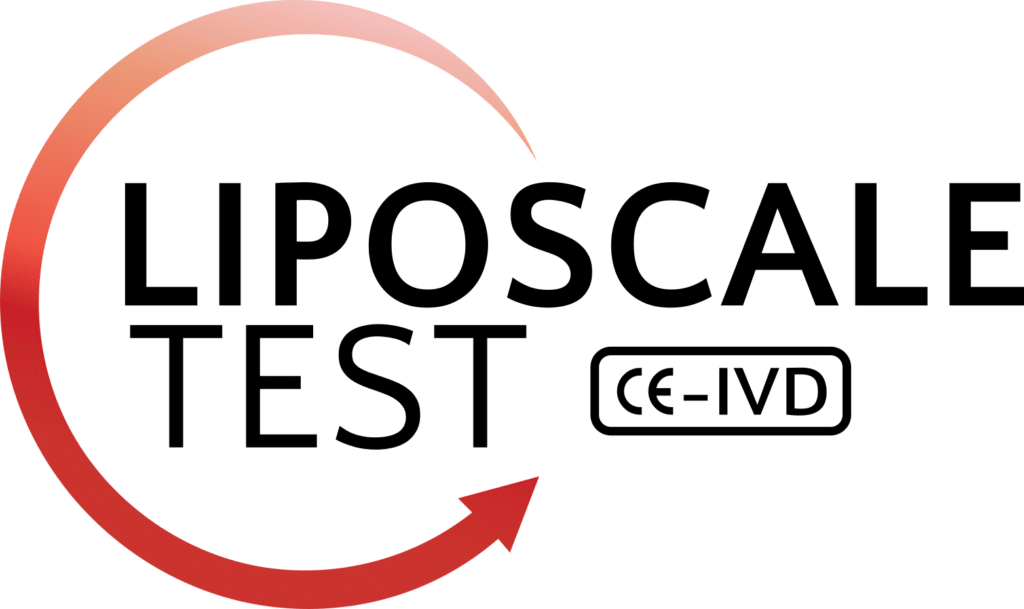Abstract
Objectives: To identify potential biomarkers of disease activity analysing the proteome of high-density lipoprotein (HDL) particles from SLE patients in clinical remission and when they develop a flare compared with a healthy control group.
Methods: Quantitative proteomic analyses of purified HDL were performed using Tandem Mass Tag isobaric tag-labelling and nanoLC-Orbitrap (nLC-MS/MS) from nine SLE patients in clinical remission when they developed a flare and from nine healthy controls (9-9-9). We verified the identified proteins by Western blot and ELISA in a cohort of 104 SLE women patients, 46 healthy women and 14 SLE patients when a flare developed.
Results: We found 17 proteins with a significant fold-change (>1.1) compared with the control group. In lupus patients experiencing a flare compared with those in remission, we identified four proteins with a significant fold-change (C4, Indian Hedgehog protein, S100A8 and gelsolin). Plasma gelsolin (pGSN) levels were decreased in the 104 SLE patients (176.02(74.9) mcg/l) compared with the control group (217.13(86.7) mcg/l); P=0.005 and when they developed a clinical flare (104.84(41.7) mcg/l); P=0.002). pGSN levels were associated with HDL cholesterol levels (r = 0.316, P<0.001). Antimalarial treated patients showed significant higher levels of pGSN (214.56(88.94) mcg/l regarding 170.35(66.36) mcg/l); P = 0.017.
Conclusion: Decreased pGSN are associated with clinical disease activity in SLE patients. Antimalarial treatment and HDL cholesterol are associated with higher levels of pGSN.


